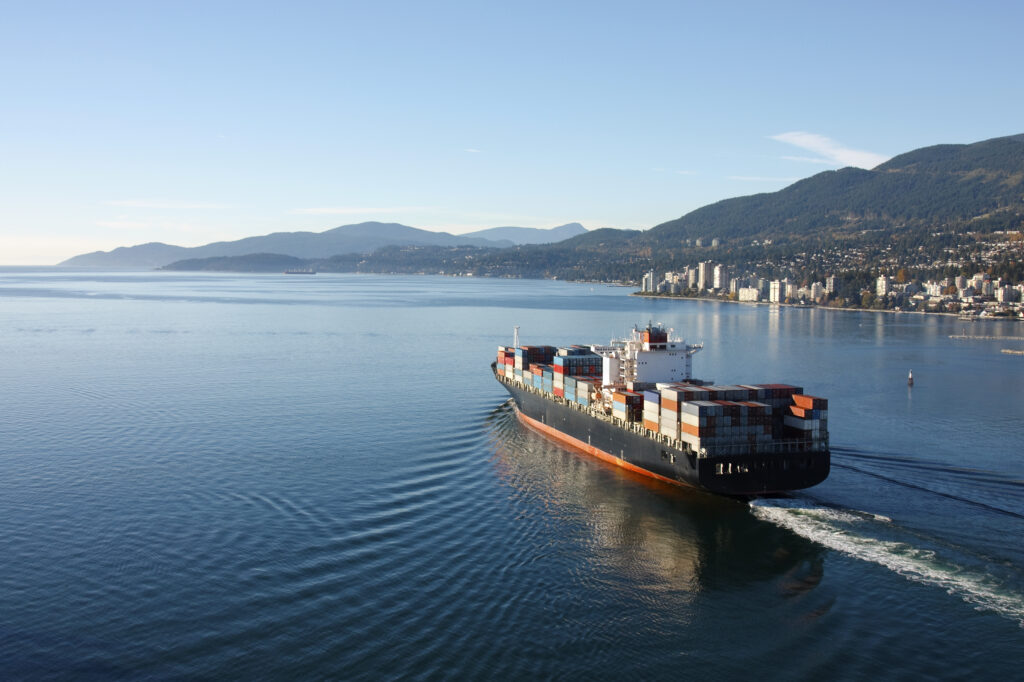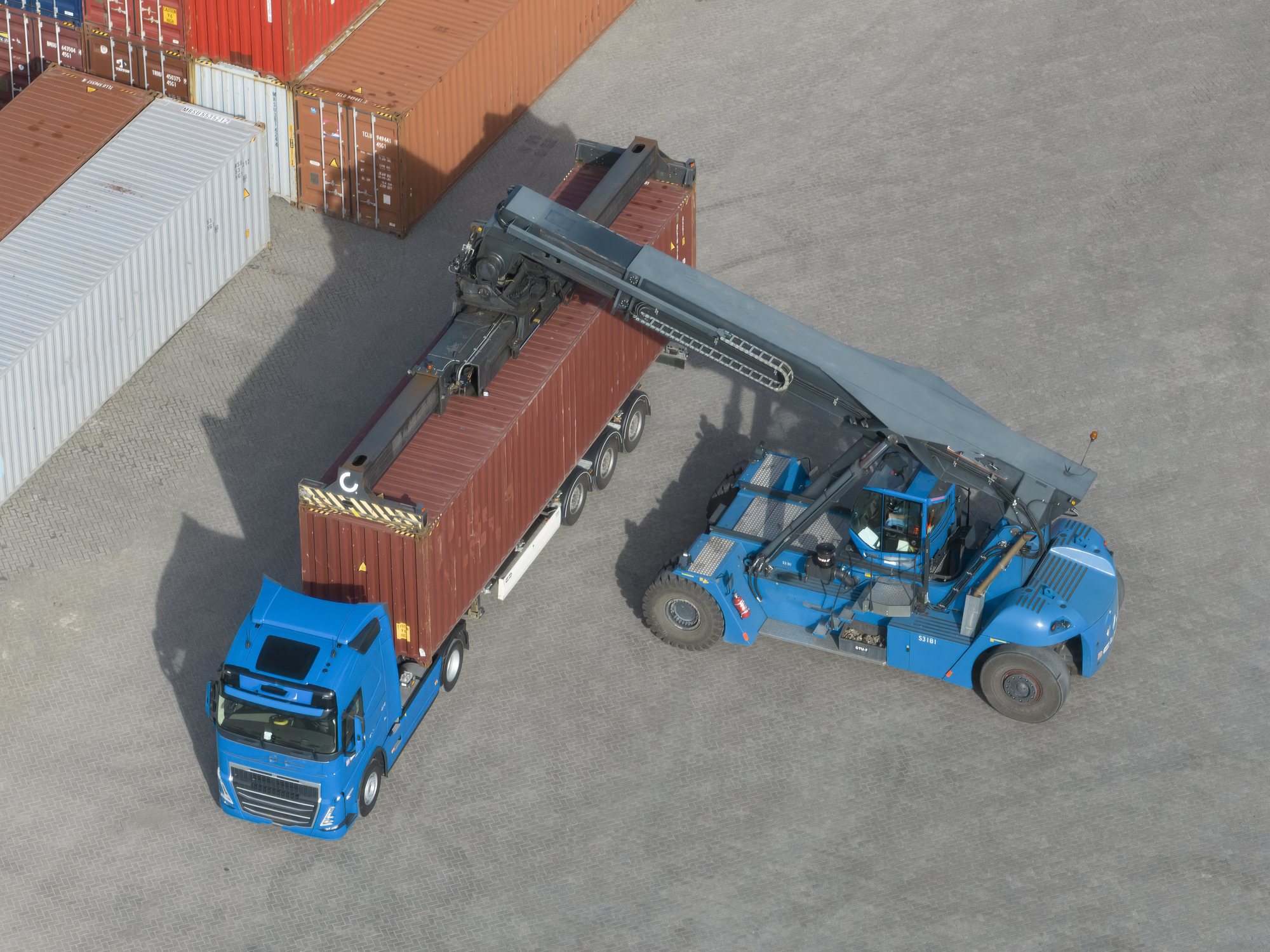Supply chain disruptions can hit the Canadian economy like a grenade, throwing industries into chaos and sparking a lot of panic. The November port lockout is threatening to do exactly that, leaving containers of goods stuck behind picket lines.
With Canada’s three major ports—Vancouver, Montreal, and Prince Rupert—impacted by labor disputes, the consequences will likely reverberate across industries and affect consumers nationwide.
In Vancouver alone, ports handle over $800 million worth of cargo everyday, accounting for a quarter of the goods that flow through Canada.
When key sectors suddenly lose access to the supplies they need, businesses grind to a halt, and consumers feel the squeeze with higher prices and fewer choices on store shelves.
These ports handle a significant portion of the country’s trade, and any interruption risks Canada’s standing as a stable and reliable trade partner on the global stage.
With 40% of Canadian industries “highly vulnerable” to these shocks, according to Statistics Canada, the need for a strong backup plan is clear.
Over the years, WTC has been building and refining our contingency strategy to respond to these kinds of challenges. Our Emergency Over-the-Road (OTR) Program aims to keep goods moving, no matter what, so businesses can keep running smoothly—even when the unexpected hits.
Canada’s Supply Chain Backbone: Rail, Ports, and Trucking
Canada’s supply chain operates through an intricate network of railroads, ports, and trucking routes, each critical to the nation’s economic stability. Together, these channels support the smooth flow of goods that Canadian businesses and consumers rely on every day.
Ports
Canada’s ports are crucial trade gateways where imports enter and exports depart. When these ports face disruptions, the entire flow of goods—from raw materials to finished products—can be affected, creating a bottleneck that impacts everything from holiday inventory to manufacturing inputs.
Class 1 Railroads
Class 1 railroads are the heavyweights of Canada’s rail network, transporting high-capacity freight across vast distances. They serve as an essential link between ports and major urban centers, enabling the movement of large volumes of goods efficiently. But when ports are down, these railways often face congestion, leading to slower transit times and added pressure on the supply chain.
Trucking
Trucking provides the flexibility that Canada’s logistics network needs, connecting ports and railroads to final destinations. Unlike rail or port operations, trucks can adapt quickly to changing conditions, rerouting around blockages to maintain delivery schedules. When other parts of the supply chain are disrupted, trucking becomes a critical fallback, ensuring goods continue to move.
Economic Ripple Effects of Supply Chain Disruptions

In response to the November lockout, ports and terminal operators proactively cleared space and set up extra staging areas to manage the surge of stranded cargo and prevent a severe backlog. Despite these efforts, some ships were anchored offshore or rerouted to U.S. ports, adding logistical challenges and costs for Canadian businesses dependent on steady imports.
Last year’s strike showed that for each day of port inactivity, it takes about an additional week to recover.
When any part of Canada’s supply chain hits a snag, the economic consequences can start to cascade like a line of falling dominoes. Industries that rely heavily on continuous supply chains feel the effects first. For example:
- Manufacturing: Production lines can stall when raw materials or essential components are delayed, leading to costly downtime and delayed deliveries to customers.
- Retail: Stores may face shortages of in-demand products, frustrating consumers and causing a dip in sales, especially during peak shopping seasons.
- Agriculture: With limited access to imported seeds, fertilizers, or equipment, farmers can experience setbacks that affect crop yields and food supply, potentially driving up prices for consumers.
Disruptions like these affect the entire economy: Fewer products available. Higher prices. These interruptions can begin to contribute to inflation and slow overall economic growth.
The Potential Impact of the New U.S. Tariffs on Canadian Supply Chains
Along with the November lockout, a new challenge arises: President-elect Trump’s proposed tariffs of 10%-20% on all imports, which would directly impact goods moving from Canada to the U.S. This announcement has led many U.S. importers to expedite shipments, driving up freight rates and adding pressure to logistics networks across North America, with likely cost implications for Canadian businesses.
For Canadian industries reliant on cross-border trade, these tariffs could mean increased costs and logistical challenges, especially as rerouted shipments complicate delivery schedules.
WTC’s OTR Program: A Solution for Supply Chain Disruptions
As Canadian ports experience severe disruptions, WTC’s Emergency Over-the-Road (OTR) Program offers a vital solution to alleviate the anticipated backlog once the ports reopen.
By mobilizing our OTR fleet, we can ensure that containers stranded during the lockout are quickly moved across the country, preventing cargo from piling up at the ports and allowing businesses to resume operations smoothly.
In response to the proposed U.S. tariffs, the OTR Program also provides the increased capacity needed to handle surges in demand, offering Canadian businesses a flexible logistics option that can adjust to shifting trade policies. Whether due to bottlenecks or heightened demand, WTC’s OTR Program is equipped to keep goods moving across North America efficiently, helping Canadian companies navigate uncertain conditions.
Examples from the Past: 2021-2022 Wildfires and Floods

In 2021 and 2022, wildfires and floods hit Western Canada hard, causing major supply chain disruptions. Fires forced entire sections of railways to shut down, while key highways (like the Trans-Canada Highway) had sections completely washed away by floods. With critical routes blocked, goods couldn’t move as they usually did, and businesses across the country felt the impact almost immediately.
For WTC, this disruption required a rapid response to keep goods moving. Our team quickly deployed the Emergency Over-the-Road (OTR) Program, creating a “land bridge” by shifting shipments from rail to road.
This shift allowed us to keep essential goods moving between Vancouver and Calgary, bypassing the worst of the shutdowns. By leveraging the flexibility of trucking, we were able to help minimize the disruption and provide reliable logistics for our clients, even when the main routes were down.
Ready for the Next Disruption: Keeping Canada’s Goods Moving
As Canada faces ongoing supply chain challenges, the importance of having a resilient logistics plan cannot be overstated. WTC’s Emergency Over-the-Road (OTR) Program is designed to keep essential goods moving through any disruption—whether it’s a port lockout, new tariffs, or unforeseen natural events.
WTC stands ready to support Canadian businesses and help them maintain continuity in even the most challenging times.
If you’re seeking a logistics partner prepared to adapt and ensure that your goods reach their destination efficiently, connect with WTC. Our OTR Program is here to safeguard your business against future disruptions, keeping your supply chain resilient and reliable.
